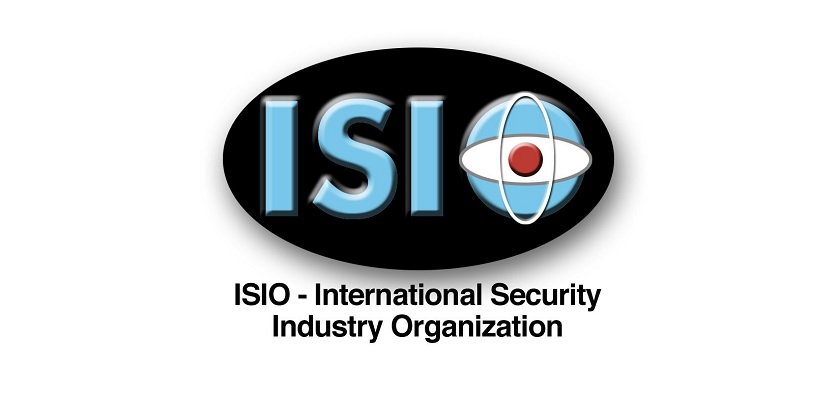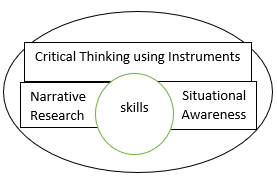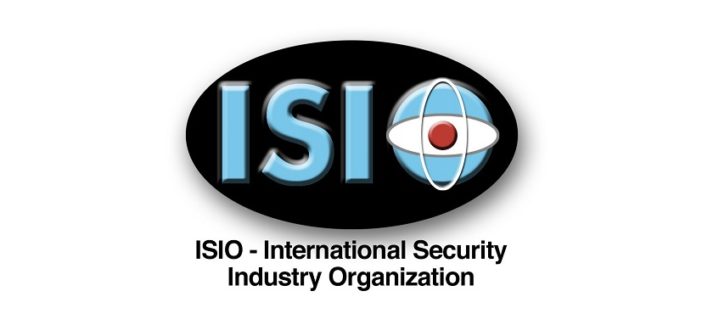
The technology is only as good as the user!
Regardless of the reason for investigation, the Investigation is only as good as the investigators and who does the investigation. In the world of security, criminology, and risk management, it is the person and not the weapon that creates havoc.
The concept of success for, criminology, security, and risk investigation management will depend on, the level of situational awareness of the decision-makers on the ground and their reaction speed. This applies to any form or field in management, research and application, besides vetting and compliance, because crime lives in all fields, e.g., business, human resources, construction, farming, education, security or, for that matter, where any human is involved.
When the investigation is related to crime then the outcomes could lead to life impacting or life & death situations, therefore, the importance of knowing all the truthful information is paramount. When any research is based on insufficient or unreliable information, then the narrative of a puzzle-built picture will point the investigator into the wrong direction wasting time effort and money.
To heighten situational awareness and gathering information to conceptualize the narrative, one would rely on the people on the ground besides instruments for investigation, such as, incident and crime mapping software, CCTV, access control, perimeter security, drones, covert or overt surveillance equipment, social media tracking, mobile phone tracking, to mention but a few
There are words related to investigation such as, identify the modus operandi (pattern), which is one of the fundamental foundations for investigation. The pattern dictates the design and structure of any form, and it is obvious that once the pattern changes, so too does the formation of the structure. The word ’clue’ could describe the X factor. Identifying or uncovering an element could point to identifying a pattern
Concept
To read the situation is to fully understand the nature of the beast (narrative). This is done by following a pattern of thought that could be described as building a puzzle. The placing of all pieces of the puzzle using their distinct patterns and shapes form the full picture. Subsequently, one must have conceptional thought and must be fully situational aware to ensure that all the pieces of the puzzle are considered and fit for construction. Consequently, one must distinguish and identify the pattern to comprehend the structural formation, which could change at a moment’s notice.
The pieces of the puzzle must be truthful and all the information. As we know that people lie, hide or volunteer information for their own agenda, therefore, the tool must contain the knowledge and methods to critically out-think and outsmart the criminal. Furthermore, they also follow the tangible chain of evidence to comprehend the big picture.
Keep in mind that one can locate tangible items that a syndicate or person may use to commit an act of crime or terror. Therefore, connecting people with things must be an approach to follow.
Taking all of the above into consideration for defining the hypothesis and selecting the tools to critically out-think or outsmart criminal certain issues had to be taken into consideration. Furthermore, it would be a human that must do the investigation for research, analytics and operations.
The technology is only as good as the users
To find the clues and the pattern, one must identify and comprehend the crime on/in a location or field of interest, the researcher/investigator must know the cultural of crime and methods of crime to select the instruments best suited. The practitioners need to read the situation and the people involved.
Stated earlier, the instrument is only as good as the user that is knowledgeable in distinct crime or domain experts (e.g., security consultants) that are, besides being soft-skilled and have the character traits, such as, mentally and emotionally intelligent. This dictates a question, ‘who is best to select the instruments?’’
The unbiased analyst/investigator is the hypothesis who must identify the pattern and formation of a structure by observing, interviewing and drawing up the questions for analysis. An example could be based on transnational or local organized crime, street gangs or the lone-wolf predator where the practitioner must read the situation to find the first piece of the puzzle, by identifying a person of interest that may be working on their own or with others in concert.
 A founding researcher Flavell (1976,1979) suggests for critical thinking (think out of the box), that the person must be self-aware and regulate themselves (you are the hypothesis) in social settings. By adding Situational Awareness to see the complete narrative and being of fully conscious by taking into consideration that unknown and known issues could impact the complete picture (Ensley 1995). Furthermore, the Critical Thinking soft skills must include lie, deception detection and critical situational interviewing regardless of culture, to identify a person-of- interest. (Kirsten 2018,19)
A founding researcher Flavell (1976,1979) suggests for critical thinking (think out of the box), that the person must be self-aware and regulate themselves (you are the hypothesis) in social settings. By adding Situational Awareness to see the complete narrative and being of fully conscious by taking into consideration that unknown and known issues could impact the complete picture (Ensley 1995). Furthermore, the Critical Thinking soft skills must include lie, deception detection and critical situational interviewing regardless of culture, to identify a person-of- interest. (Kirsten 2018,19)
Regardless of the investigative method, the completed narrative (picture) must be reviewed to consider missing issues and be totally comprehended (got the picture). Thereafter, the narrative must again be dissected to identify how, what and where the hard evidence could be found relating to each piece of the puzzle, e.g. Cctv footage, mobile phone records, DNA, fingerprints, etc.,
The outcomes of using the instruments, and critical thinking methodology included in the soft skills will uncover new crime and discover copycat crime. The research base for all and guidance articles on where how and to use such can be found in the cited work.
The Cited Work can be found in;
ISIO www.intsi.org and [HIM]. Human Investigation Management. www.human-investigation-management.com Kirsten, J. (2018). Critical Thinking the X Factor in Criminology, Security and Risk (Vol 3). ISBN 978-0-620-81265-8. Kirsten, J. (2019). Security and Criminology Investigation Management (Vol4). ISBN 978-0-6399974-0-7. Critical Thinking the instruments for PSIM (Physical Security Investigation Management ©). All rights reserved. Juan Kirsten 2019®©






